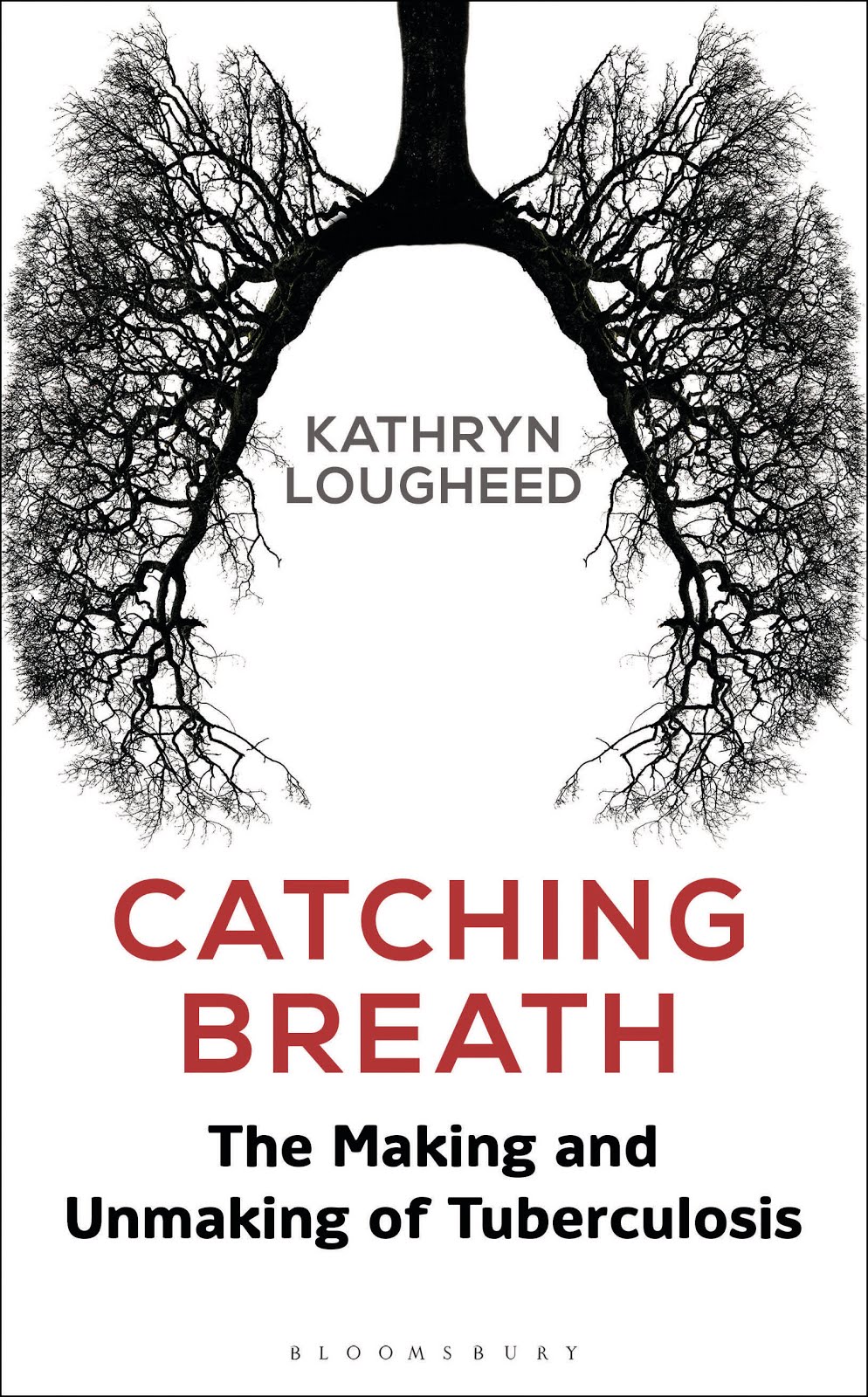Tuesday 3 April 2012
Natural isn't always harmless, especially if you are a rhino
At this time of year, the Kruger National Park in South Africa reaches temperatures of up to 38 degrees Celsius. This has nothing to do with the subject of this post, but I thought I would use it to illustrate one of my newly recognised great discoveries of the 20th century—in-car air-conditioning. It’s a pretty tenuous link to what I really want to talk about, but the invention of modern air-conditioning occurred in 1902 in Buffalo, New York (thanks to a guy called Willis Haviland Carrier) and it so happens that, while in the Kruger Park, our awesomely air-conditioned 4x4 was charged by a slightly over-exuberant buffalo. Close-up, buffalo are kind of scary.
So a safari in the Kruger tends to involve a lot of driving around, peering through binoculars at what could be an animal but, more often than not, proves to be a large rock. Along the way, it is possible to drop at off a number of rest stops for a deeply unpleasant burger and to look at maps of the park on which other visitors have stuck magnetic stickers indicating the positions in which various animals have been spotted. But it turns out that all the stickers for rhinos have been removed and replaced with a little sign saying that, for conservation reasons, the sightings of rhinos are no longer reported. This kind of sucks.
The Kruger National Park is home to around 10,000 white rhinos (see photo above taken from the confort of our air-conditioned 4x4) as well as about 500 black rhinos—a critically endangered species of which there are estimated to be around 3,500 left in the wild. And the main reason rhinos are so endangered? Because people keep poaching them for their horns, which are a key ingredient in Chinese herbal medicine. Just last year, something like 250 rhino were killed in the Kruger National Park. And, at the same time that we were in South Africa, there was a candlelit demonstration outside the Chinese embassy by a group asking the Chinese government to condemn the use of rhino horn in traditional medicine in an effort to stop this barbaric slaughter of animals.
Now I’m all for preserving cultural traditions, but seriously? Since when is there any scientific evidence that powdered rhino horn is any use in treating fevers and convulsions, conditions for which it is prescribed? And do you know how your ailments are often diagnosed by a Chinese Medicine practitioner? By looking at your tongue. Yes, my tongue is one of my favourite bodily appendages, as evidenced by the multitude of delicious foods I partook in while visiting South Africa (buffalo included). But do I believe that it is some kind of medical window into my health status? Um, no. Based on self-inflicted internet-based Chinese tongue diagnosis, I currently have a Yin deficiency (which can be treated with rhino horn) and something known as ‘Damp heat’. I don’t know what that is, but it sounds troubling.
Something that infuriates me is the on-going trendiness in the Western world for embracing herbal remedies. Here’s the thing—if such remedies were scientifically proven to work, they would be what us scientists like to call ‘prescription drugs’. Otherwise, they are concoctions of herbs and who-knows-what-else mixed up based on unsupported assumptions about how the body and disease works. I couldn’t find any clinical trial which conclusively demonstrated that Chinese herbal therapy has any positive effect. Something there is proof of, though? Arsenic, lead and mercury poisoning as a result of these herbal remedies. Just because it is 'natural' doesn’t mean it isn’t going to kill you.
That’s not to say that some Chinese herbal medicines don’t work. The thing is, how are we meant to know if it remains unregulated and untested? All I know is I am not putting anything in my mouth that has been prescribed as a result of some doctor poking my tongue and requires a rare animal such as the black rhino to be poached to the brink of extinction to provide supposed ‘medicines’.
Subscribe to:
Post Comments (Atom)













No comments:
Post a Comment